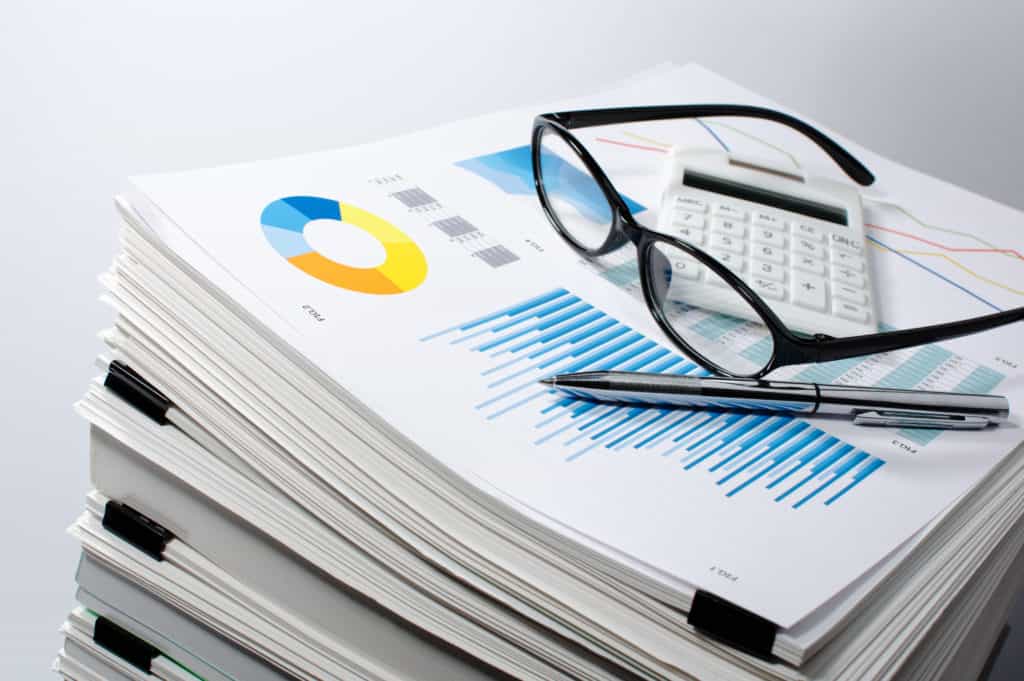
If you’ve been reading up on preparing for the transition to FASB’s new ASC 842 accounting standard, you may have heard that lease data collection is complex and time consuming. In fact, it’s common for those who have not done it before (most private companies) to underestimate the effort required. Visual Lease has helped more than 300 organizations through the lease accounting process so far, and has helped over 700 organizations in managing their lease data. We can tell you from experience that lease data collection will take longer than you expect.
Here are some tips that can expedite the process, prevent mistakes, and save your sanity.
1. Line up resources for lease data collection
The first thing to know is that lease data collection is not something your accounting team can handle on their own. This effort must involve other departments that work with leases (such as Real Estate and Procurement) to track down contracts and other documentation. You will also need help from your IT department to assist with technology implementation and systems integration.
Learn more: FASB Lease Accounting Changes: How to Assemble Your Team
Many companies will also need outside expertise to get the job done. For one thing, to extract the relevant data from your lease contracts, you will need people who understand how to read and interpret these complex documents. If you don’t have employees with this expertise, you may need lease abstraction services. Most companies will also need lease accounting software to serve as a central repository for lease data and perform lease accounting calculations.
At the outset of your project, plan for the resources you will need (both internal and external) and get the necessary approvals in advance.
2. Make accounting decisions early
We have seen too many companies make the mistake of doing lease data collection before choosing their practical expedients and making other strategic accounting decisions. Many of them had to scramble to collect additional data later and break it out into the components needed for calculations, putting their compliance readiness in jeopardy.
You need to make these accounting decisions early so you know exactly what data you need to collect, and how you need the data broken down. You’ll also need that information to configure your lease accounting system and technology integration.
It’s important to fully understand the standards and the implications of the decisions you need to make. For example, electing a practical expedient may save time, but it is important to understand the potential consequences for your financial reporting.
We recommend consulting your accounting advisory partner, who can guide you through these decisions and might even be willing to lead your compliance effort.
Learn more: Lease Accounting Decisions: Why It’s Smart to Partner With An Accounting Advisor
3. Create a process to collect lease accounting data
We can’t repeat it often enough: this is a big project with a lot of moving pieces and a great deal riding on the outcome — the accuracy of your financial reporting. Make sure you have an organized and well thought out plan for lease data collection. And make sure everyone involved understands the process, their role, and the deadlines.
Be sure to include the following in your project plan:
Documents and data points to collect for each lease. With your accounting decisions made, you can confidently decide exactly which data points you need for calculations. You may need to provide guidance about where to find them, especially for complex real estate leases with many associated documents such as addendums and commencement letters in addition to the master lease. Before beginning to extract data, make sure you have the most up-to-date and accurate records. You may need help understanding the links between the various documents, so you can tell which include the relevant data.
Learn more: Data Points You Must Collect for FASB Calculations
Plan to identify embedded leases. This is one of the trickier aspects of transitioning to ASC 842. In addition to lease contracts for property and equipment assets, there are other things that qualify as a lease that you may not be aware of. For example, if a service vendor provides equipment that you control (such as IT equipment or vehicles) as part of a service contract, that portion of the agreement may be considered a lease, even if the word “lease” never appears in the contract. So, your lease data collection plan must include reviewing all your contracts to find any embedded leases.
Learn more: Embedded Leases Accounting: Do Your Contracts Contain Leases
How to get data points that aren’t in the contracts. Certain data points you need for accounting calculations can’t be found in the contracts. Interest rates are one example. Also, you need to know whether your company is “reasonably certain” to exercise renewal or purchase options. You’ll need to talk to the teams that manage those leases to get that information.
How lease data needs to be broken out. For example, lump sum rent payments must be broken down to show base rent, CAM charges, and taxes and insurance. You might need to work with lessors to work out how to separate gross payments into their components.
Process for getting data it into your lease accounting software. Make sure everyone understands what to do with lease data as they collect it. Here’s an article that explains several methods for centralizing and migrating lease data: How to Get Lease Data Into Your Lease Accounting Tool.
4. Don’t overlook ongoing lease management
Complying with the new lease accounting standard is something you are required to do; it’s not exactly a choice. But that doesn’t mean you can’t use this opportunity to your company’s benefit.
This effort can actually help you reduce leasing expenses. How? By providing the intelligence and the tools to better manage your leasing practices and make more cost-effective decisions. And also by giving you the tools to audit lease payments and find out where you are overpaying. Here are just a couple of examples:
- Accounts payable continues to make monthly payments on outdated leases.
- You pay for building repairs that are the landlord’s responsibility according to the terms of the lease.
You’ll be surprised how easy it is to save millions of dollars with better lease management.
So, while you are collecting the required data points for lease accounting calculations, collect additional lease details that can help you manage leases and cut costs. And be sure to choose a complete lease system that provides management and expense audit tools.
5. Validate lease data quality
Remember that your ultimate goal is to pass accounting audits with complete and accurate balance sheets and journal entries. That’s why your lease data collection process must include data validation.
Chances are, your lease data currently lives in many different places and is managed by many different people, all with their own way of doing things. In some cases, you might have the same data in multiple places (and inconsistencies between different sources).
As you work on lease data collection and aggregation, you need to make sure your data is complete and accurate. If you skip this step, you may have an unpleasant surprise as you begin running your numbers for the first time.
Learn more: Lease Data Validation Steps for FASB/IFRS Accounting & Reporting
Now is the time to get prepared for lease accounting implementation
As you can see, just collecting your lease data is going to be a big job. And there are many other aspects of transitioning to the new standard that you need to understand and prepare for. Watch our webinar to find out what you need to know.























